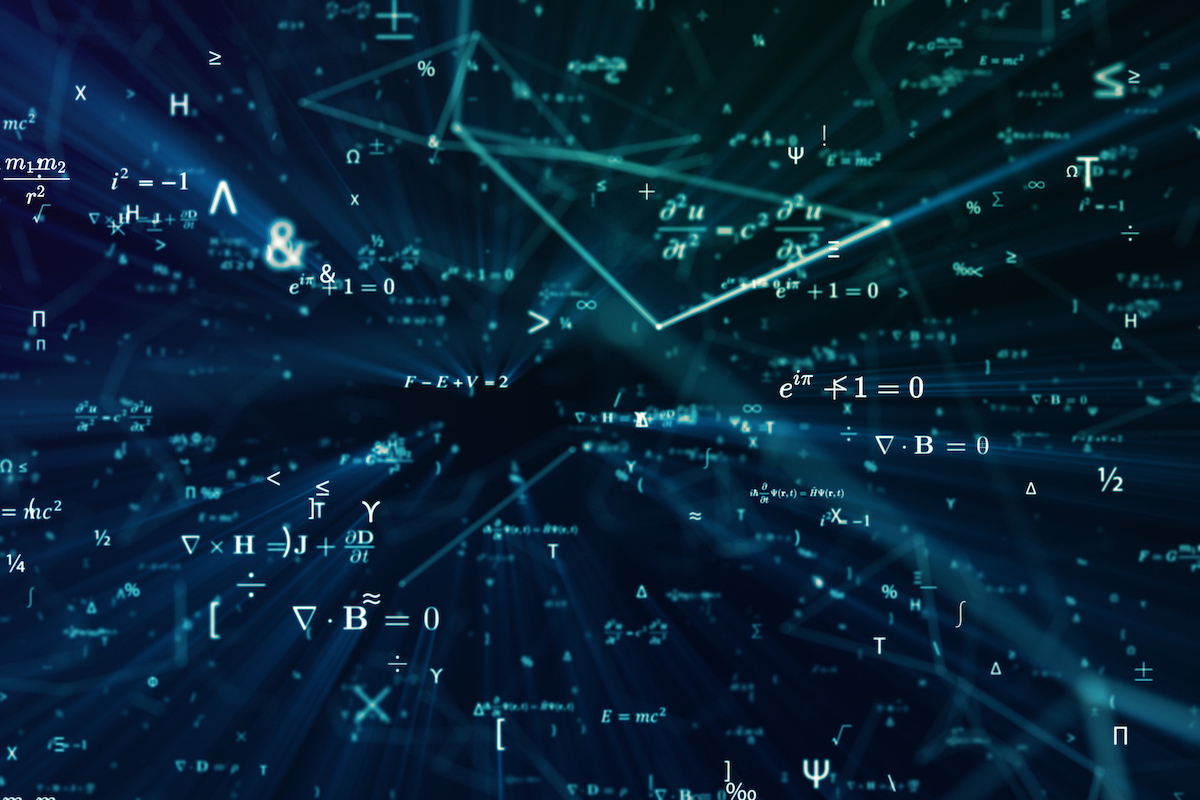In the corridors of academia, there are rare luminaries who can seamlessly bridge multiple scientific disciplines. Professor Leon Cooper is one of them. A Nobel laureate in physics and a master of interdisciplinary exploration, Cooper is instantly recognizable with his no-nonsense New York accent, carefully coiffed hair and fine Italian suits.
In 1993, early in my graduate studies, I witnessed his brilliance in lecture halls and elsewhere. In the elevator of the physics department, he would pose the most fearless probing questions to young scientific researchers with an air of curiosity on his face. “Do you really believe in what you’re doing?” he would ask, shifting the conversation from technical to philosophical territory.
Our elevator ride became a canvas for lively discussions due to our shared love of music. It was during these exchanges that I discovered Cooper’s profound contributions to the phenomenon of superconductivity.
What’s this? Essentially, at room temperature, electrical current encounters resistance, but a fascinating transition occurs near absolute zero (-273.15C). At this temperature, electric current flows through the superconductor with zero resistance, an ability that allows it to levitate magnets. This superconducting effect could play a key role in our future clean energy, medical and technological innovations.
but what reason Superconducting? Cooper proposed that behind this was a concept now known as “Cooper pairs”. These pairs of electrons can effectively bind together, changing their properties so that they can move through the wire unimpeded. It was this insight that earned Cooper the 1972 Nobel Prize in Physics, along with John Bardeen and John Robert Schriever.
read more:
What is unique about Cooper, however, is not only his mastery of quantum physics but also his ability to transcend the discipline.
A year after winning the Nobel Prize, he took charge of the Institute for Brain and Nervous Systems at Brown University, applying theoretical methods from particle physics to the mysterious realm of the brain. It was already the mid-1990s, and the field of machine learning was developing rapidly.
Although the computers of that era were not as powerful as today, the basic theory underpinning machine learning existed. Cooper is passionate about integrating physics into neuroscience and has made significant contributions to the creation of neural network algorithms inspired by the structure and function of the human brain.
One of his key tools in developing such networks is the Ising model, a theory derived from the physics of atomic spin.
To understand this, try to imagine the atoms in a metal plate arranged on a grid of points. Then imagine these atoms as tiny magnets that are either pointing upward (representing positive spin) or downward (representing negative spin). The collective behavior of how all these atomic magnets interact determines whether a metal becomes a magnet.
There are many similarities between machine learning and the Ising model of atomic spin (tiny magnetic fields imparted by the atoms) of neurons in the brain. The intricate dance of atomic spins finds a counterpart in how neurons communicate and form networks.
Extending this analogy, a broad class of machine learning architectures compares the atoms of the Ising model to the neurons in the brain. The intricate dance of atomic spins finds a counterpart in how neurons communicate and form networks.
Why? In the Ising model, neighboring atoms communicate with each other through the mutual energy between their spins. If adjacent spins coincide with each other, the atom’s energy decreases. This is similar to how the brain works: Neurons can send or not send signals to each other based on signals from neighboring neurons.
new scientific fields
Inspired by Cooper’s mixed-discipline ethos, I embarked on a bold new scientific endeavor with cosmologist Robert Brandenberg. Since 1997, we have sought to use neural networks (and the Ising model) to understand the structure of the universe.
Fast forward thirty years, and Cooper’s thinking could be used to overcome emerging challenges in music. Or, more specifically, using machine learning to create music. While artificial intelligence has excelled at breaking down recorded tracks into their key components, actually creating original music has proven to be a daunting frontier.
Hidden behind all music are certain rules that govern how chord progressions are formed. Currently, it is difficult for artificial intelligence models to master these rules.
Working with NYU music machine learning composer Robert Rowe, we embarked on an innovative journey to overcome unique challenges in music composition. Our solution, Pentahelix, a geometric and physical model inspired by jazz improvisation, offers a glimmer of hope in solving this problem.
Think of the five-helix as a lattice, similar to the Ising model, but with a honeycomb structure. The grid points do not represent rotations, but correspond to underlying musical tones. Within this geometric framework, multiple tones can encode musical chords and melodic patterns. Essentially, it provides a structured way of organizing musical elements.
This geometric model can serve as a tool for understanding how jazz improvisers navigate the vast tonal and chordal space. By using Pentahelix, we can gain an in-depth understanding of the strategies and patterns they use in their creative process. Not only does this enhance our understanding of musical improvisation, it also opens up new possibilities for music creation and performance.
Jazz, with its subtle interplay of instruments and layered chord changes over time, could provide a source of training for this innovative approach to music creation in the field of artificial intelligence.
As we await the results, we have a profound sense that Cooper has the ability to seamlessly navigate different areas of knowledge and that he will be proud to continually pursue transformative ideas and perspectives.
This journey from superconductivity to jazz improvisation exemplifies the enduring power of interdisciplinary exploration. It showcases what is possible in the world of science and technology and what boundaries may be broken next.
read more:
#Physics #artificial #intelligence #music #common.You #carefully
Image Source : www.sciencefocus.com
